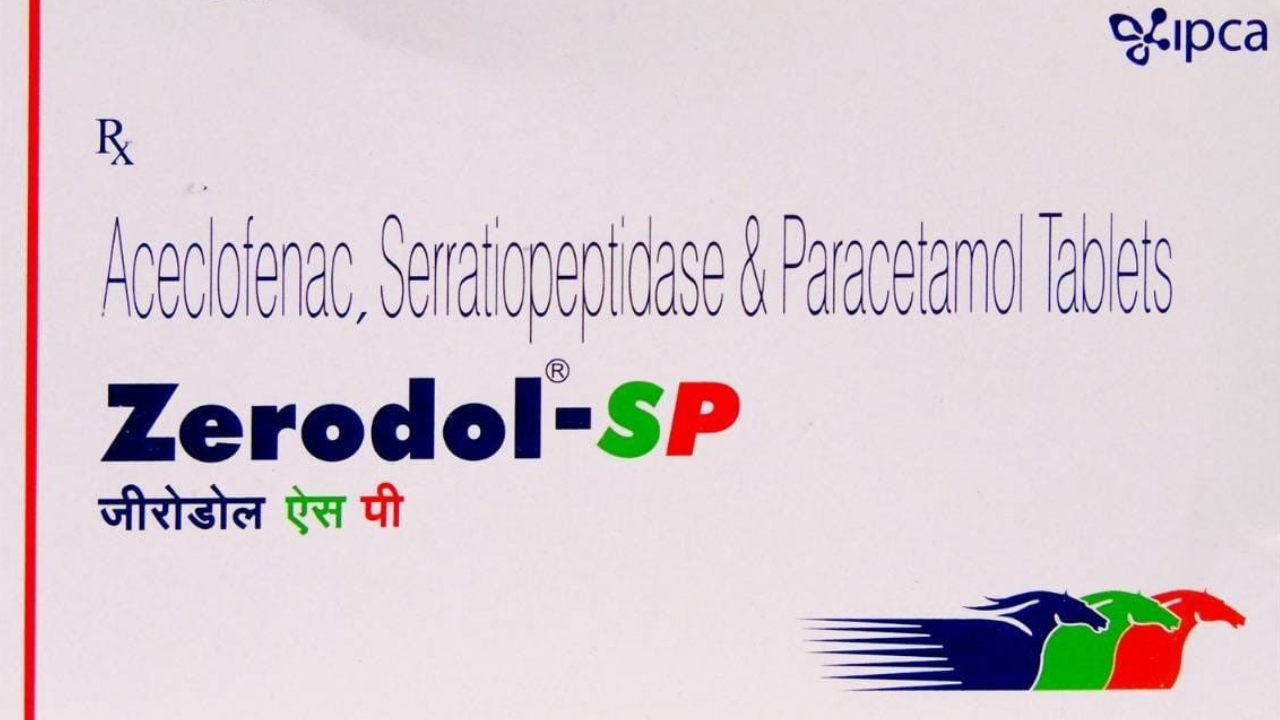










Do you ever find yourself questioning your caffeine intake, wondering if you’ve crossed the line from a helpful boost to excessive consumption? Caffeine, for many, is a trusted companion in the daily routine, offering that much-needed kickstart to the day. Whether it’s through coffee, tea, energy drinks, or even chocolate, this stimulant finds its way into various forms of consumption, often without us realizing.
The discussion around the safe limits of caffeine intake has always been a topic of interest. Health experts suggest that for most adults, around 400 mg per day is a reasonable limit. To put this into perspective, an average cup of coffee contains about 95 mg of caffeine. So, roughly four cups a day would fall within this recommended limit. However, it’s essential to remember to count the caffeine in other sources, like chocolate, separately.
For children in the 4–6 years age group, a safe amount of caffeine is considered to be around 45 mg per day. This amount is roughly equivalent to a can of soda or a small piece of dark chocolate. As children grow older, their tolerance for caffeine increases. For those aged 7-12, the recommended daily limit is around 70 mg, similar to a modest cup of tea or a small energy drink.
Teenagers, often juggling schoolwork and social activities, may find themselves drawn to caffeine for its energizing effects. Experts suggest capping their daily intake at approximately 100 mg to 200 mg.
Once consumed, caffeine begins its journey through the body, with effects felt within about 15 minutes. It takes roughly three to five hours for the body to eliminate half of the caffeine. So, if you’ve had a cup of coffee with 100 mg of caffeine, after three to five hours, you’d still have 50 mg circulating in your system. The majority of the caffeine is typically flushed out after about 10 hours.
While caffeine can provide a productivity boost and a wake-up call, it’s crucial to recognize when you’ve had enough. The familiar jitters, palpitations, and caffeine crash are signs that you may have exceeded your limit. Disrupted sleep, another common side effect of too much caffeine, can leave you feeling fatigued despite the stimulant’s effects.
Excess caffeine can also lead to stomach troubles like acid reflux, upset stomach, or nausea. Hydration is essential when consuming caffeine, as it can contribute to dehydration.
So, should you swear off caffeine altogether? Not necessarily. It’s about finding the right balance. Here are some tips:
– Timing matters: Aim for a morning boost and a strategic afternoon pick-me-up, but avoid late-night caffeine intake to prevent sleep disturbances.
– Moderation in size: Resist the urge to indulge in oversized cups of caffeinated beverages. Moderation is key.
– Stay hydrated: Pair your coffee or tea with water to maintain hydration levels.
– Caffeine detox days :Give your body a break from caffeine occasionally to reset.
– Watch for hidden sources: Caffeine can lurk in unexpected places, so read labels carefully.
– Explore alternatives :Branch out into other beverages like matcha or chicory-based coffee substitutes for variety.
While caffeine can be a helpful tool in combating fatigue and boosting focus, there is such a thing as too much. Finding your balance, embracing the buzz responsibly, and keeping your coffee cup filled just right can lead to a healthier relationship with this popular stimulant.









